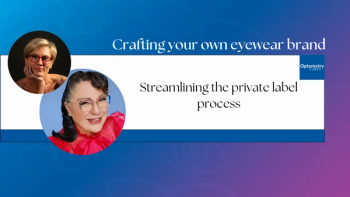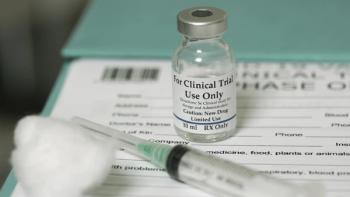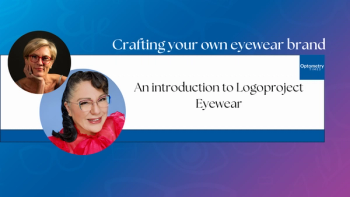
Help elderly maintain independence with 7 sight-saving tips
The American Academy of Ophthalmology recently issued seven tips to give to your elderly patients to help them take care of their eyes as they age to ensure they can maintain their independence.
San Francisco-
Though many vision-impairing eye diseases are age-related-such as cataracts, glaucoma, age-related macular degeneration-in most cases, proactive steps and preventative care can help preserve sight. The American Academy of Ophthalmology recommends that seniors follow these seven tips to help protect their vision:
1. Get a comprehensive eye exam. Adults age 65 and over should receive a medical eye exam every one to two years. Regular eye exams are crucial in detecting changes in vision, which may be a symptom of a treatable eye disease or condition.
2. Know signs of vision loss. Symptoms of vision loss may become apparent as reading, writing, shopping, watching television, driving a car, and/or recognizing faces become more difficult. Vision loss that may be noticed by friends and family include missing, bumping into, or knocking over objects, stepping hesitantly, and squinting or tilting the head when trying to focus.
3. Make eye-healthy food choices. A diet low in fat and rich in fruits, vegetables and whole grains benefits the entire body, including the eyes.
4. Quit smoking. Avoiding smoking and secondhand smoke-or quitting, for current smokers-are some of the best investments everyone can make for long-term eye health. Smoking increases risk for eye diseases like cataract and age-related macular degeneration (AMD) and raises the risks for cardiovascular diseases that indirectly influence eyes' health. Tobacco smoke, including secondhand smoke, also worsens dry eye.
5. Maintain normal blood pressure, cholesterol, and glucose levels. High blood pressure, cholesterol, and blood glucose (sugar) levels all increase the risk of vision loss from an eye disease. Keeping these under control will not only help one's eyes but also overall health.
6. Get regular physical activity. Thirty minutes of exercise a day can do the eyes a world of good. Many eye diseases are linked to other health problems, including high blood pressure, diabetes and high cholesterol levels.
7. Wear sunglasses.
Newsletter
Want more insights like this? Subscribe to Optometry Times and get clinical pearls and practice tips delivered straight to your inbox.













































.png)


